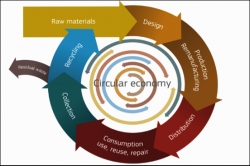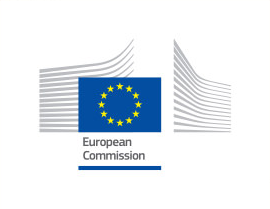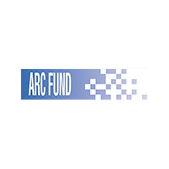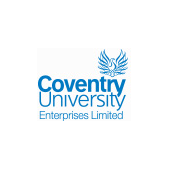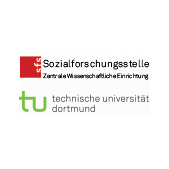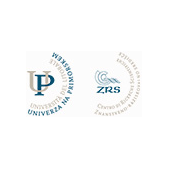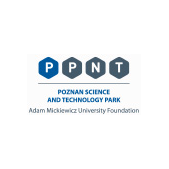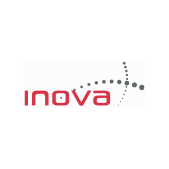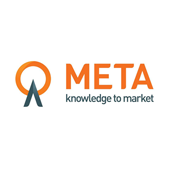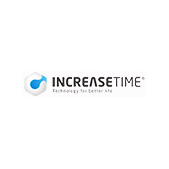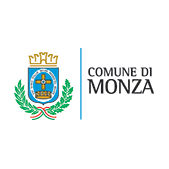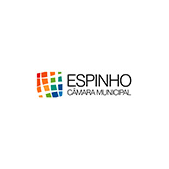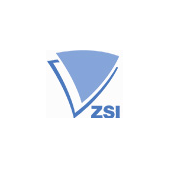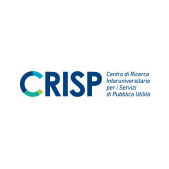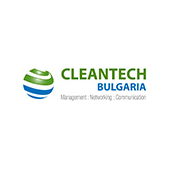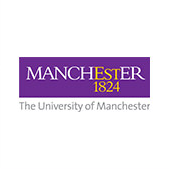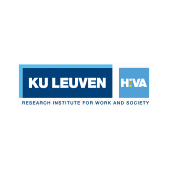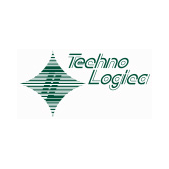Waste prevention, ecodesign, re-use and similar measures could bring net savings of €600 billion, or 8% of annual turnover, for businesses in the EU, while reducing total annual greenhouse gas emissions by 2-4 %. In the sectors of re-use, re-manufacturing and repair, for example, the cost of remanufacturing mobile phones could be halved if it were easier to take them apart. If 95% of mobile phones were collected, this could generate savings on manufacturing material costs of more than €1 billion. A shift from recycling to refurbishing light commercial vehicles, could save material inputs by €6.4 billion per year (about 15% of material budget) and €140 million in energy costs and reduce GHG emissions by 6.3 million tonnes.
But how to reinvent the economy in this direction?
The European Commission hopes to enhance reinventing the economy in this direction through the ambitious (according to previous measures) Circular Economy Package, launched in December 2015. The package aims to stimulate Europe's transition towards a circular economy which will boost global competitiveness, foster sustainable economic growth and generate new jobs.
The proposed set of actions will contribute to "closing the loop" of product lifecycles through greater recycling and re-use, and bring benefits for both the environment and the economy. The plans will extract the maximum value and use from all raw materials, products and waste, fostering energy savings and reducing Green House Gas emissions.
Concrete and ambitious
The Circular Economy Package consists of an EU Action Plan for the Circular Economy that establishes a concrete and ambitious programme of action, with measures covering the whole cycle: from production and consumption to waste management and the market for secondary raw materials. The Annex to the action plan sets out the timeline when the actions will be completed by the EC through regulation adjustments, enabling funds and introduction of new measures and initiatives on EU and regional level.
The Plan gives a clear signal to economic operators that the EU is using all the tools available to transform its economy, opening the way to new business opportunities and boosting competitiveness. The broad measures for changing the full product lifecycle go beyond a narrow focus on the end-of-life stage and underline the Commission's clear ambition to transform the EU economy and deliver results. Innovative and more efficient ways of producing and consuming should increasingly emerge as a result of the incentives the EU commission is putting in place. Here are the key actions to be carried out under the current Commission's mandate:
- Funding of over €650 million under Horizon 2020 and €5.5 billion under the structural funds;
- Actions to reduce food waste including a common measurement methodology, improved date marking, and tools to meet the global Sustainable Development Goal to halve food waste by 2030;
- Development of quality standards for secondary raw materials to increase the confidence of operators in the single market;
- Measures in the Ecodesign working plan for 2015-2017 to promote reparability, durability and recyclability of products, in addition to energy efficiency;
- A revised Regulation on fertilisers, to facilitate the recognition of organic and waste-based fertilisers in the single market and support the role of bio-nutrients;
- A strategy on plastics in the circular economy, addressing issues of recyclability, biodegradability, the presence of hazardous substances in plastics, and the Sustainable Development Goals target for significantly reducing marine litter;
- A series of actions on water reuse including a legislative proposal on minimum requirements for the reuse of wastewater.
Revised Legislative Proposals on Waste with tough deadlines for the Member States
A main pillar in the Package is the reintroduced proposal on waste setting which goals are even more more ambitious than the ones of its 2014 predecessor. To ensure effective implementation, the waste reduction targets in the new proposal are accompanied by concrete measures to address obstacles on the ground and the different situations across Member States. Key elements of the revised waste proposal include:
- A common EU target for recycling 65% of municipal waste by 2030;
- A common EU target for recycling 75% of packaging waste by 2030;
- A binding landfill target to reduce landfill to maximum of 10% of all waste by 2030;
- A ban on landfilling of separately collected waste;
- Promotion of economic instruments to discourage landfilling ;
- Simplified and improved definitions and harmonised calculation methods for recycling rates throughout the EU;
- Concrete measures to promote re-use and stimulate industrial symbiosis –turning one industry's by-product into another industry's raw material;
- Economic incentives for producers to put greener products on the market and support recovery and recycling schemes (e.g. for packaging, batteries, electric and electronic equipment, vehicles).
More powers to inspectors!
Member States are also required to establish inspection plans by January 2017 that will determine the minimum number of inspections to be carried out. The Commission cooperates with the network of EU environmental inspectors, INTERPOL and Europol. Other initiatives are also on-going for specific waste streams such as waste coming from electrical and electronic equipment and end of life vehicles.
Public involvement is key
The commission strongly relies on public involvement both on the Action plan formation and in its application. For example the public consultation on the Circular Economy gathered around 1500 replies, reflecting the views from the main stakeholder groups: 45% from the private sector, 25% from individuals, 10% from civil society organisations, and 6% from public authorities. The contributions have inspired the preparatory work on the circular economy action plan and are reflected, for example, in the choice of priority sectors.
As for the implementation the Commission developed a communication strategy to increase public awareness and thus helps to stimulate choices of responsibly produced products, based on the previous successful example of how labeling created demand for more energy efficient products. The Commission is also assessing the possibility of launching a platform together with the EIB and national banks to support financing the circular economy through public private partnership and other alternative forms.
How will our societies embrace these ambitious goals and transform? How will businesses grasp these challenges? How will the shift in mindsets and in consumers’ patterns happen?
We, at CASI are enthusiastic to share real life examples that the circular economy concept could turn successful. Through our two years efforts of identifying and mapping Sustainable Innovation Cases from all across Europe, we have come across inspiring resource recovery, product as a service, life extension and sharing examples.
We are now eager to see how the new EU Closing the Loop Plan will help flourish such examples, and allow the emergence of many more, so we could witness the transition to a circular economy.
Resources:
- Circular Economy Strategy, European Commission, 04.2015
- EU Action Plan for the Circular Economy, European Commission, 12.2015
- Annex to the Communication From the Commission to the European Parliament, The Council, The European Economic and Social Committee and the Committee of the Regions Closing the loop - An EU action plan for the Circular Economy, European Commission, 12.2015
- Fact Sheet, Circular Economy Package: Questions & Answers, European Commission , 12,2015
- Public Consultation on the Circular Economy, European Commission, 10. 2015
- Press release Closing the loop - An EU action plan for the Circular Economy, European Commission 02. 2016
- Image: European Commission, 2016
Relevant themes:
Public participation, Sustainable innovation, Raw materials, Environment, Resource efficiency, Climate action
Relevant tags: action plan, Circular economy

